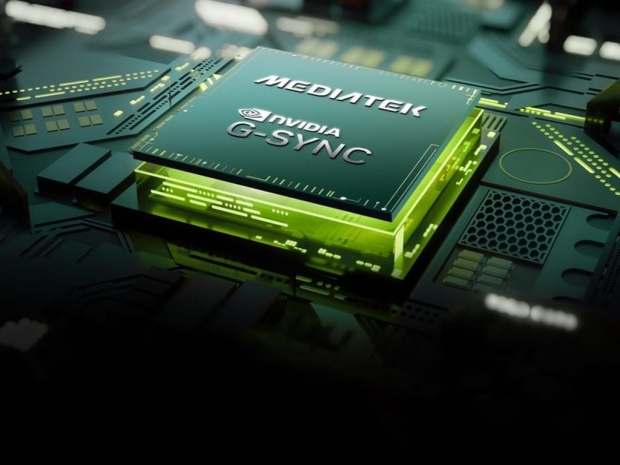The company has partnered with chipmaker MediaTek to integrate G-Sync capabilities directly into scaler chips that MediaTek is developing for forthcoming monitors.
Traditionally, G-Sync modules have replaced these scaler chips with separate boards featuring expensive FPGA chips and dedicated RAM. The new MediaTek scalers will support all the features of current dedicated G-Sync modules.
Nvidia has revealed that three G-Sync monitors equipped with MediaTek scaler chips will debut "later this year": the Asus ROG Swift PG27AQNR, the Acer Predator XB273U F5, and the AOC AGON PRO AG276QSG2. These are all 27-inch, 1440p displays with maximum refresh rates of 360 Hz.
In 2013, Nvidia unveiled G-Sync, a technology designed to eradicate screen tearing and stuttering, while also reducing input lag in PC gaming. This was achieved by synchronising the display's refresh rate with the game's frame rate. Since then, similar variable refresh rate (VRR) technology has become ubiquitous, even in budget monitors and televisions.
However, Nvidia's G-Sync hasn't been the primary driver of this widespread adoption. The technology has always necessitated additional dedicated hardware within displays, thereby inflating costs for consumers and manufacturers.
Most low-end to mid-range screens today use royalty-free alternatives like AMD FreeSync or the VESA Adaptive-Sync standard. These alternatives offer the essential features of G-Sync without extra hardware.
Nvidia admitted this in 2019 when it introduced the "G-Sync Compatible" certification for FreeSync monitors. The roster of G-Sync Compatible screens now far exceeds that of G-Sync and G-Sync Ultimate displays.




